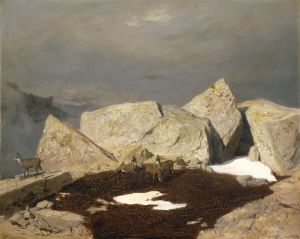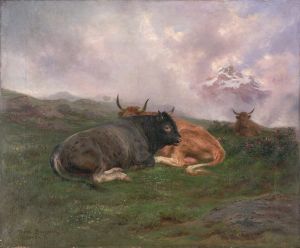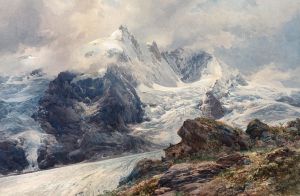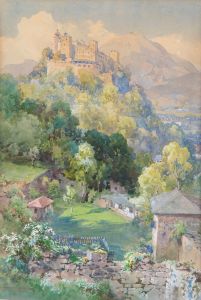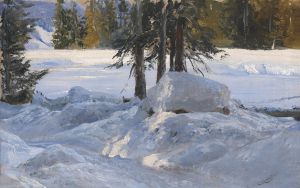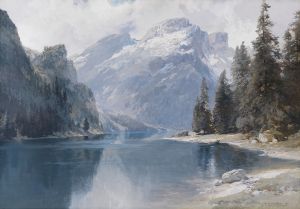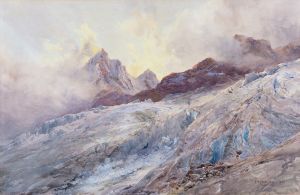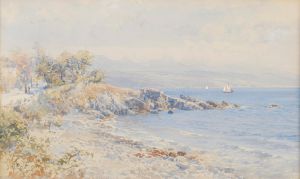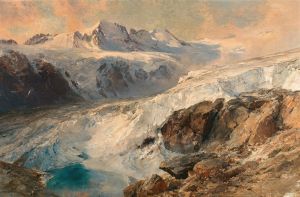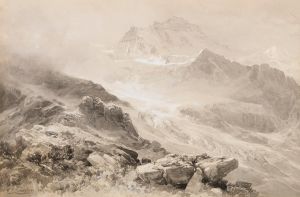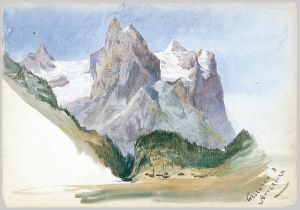
Col du Géant
A hand-painted replica of Edward Theodore Compton’s masterpiece Col du Géant, meticulously crafted by professional artists to capture the true essence of the original. Each piece is created with museum-quality canvas and rare mineral pigments, carefully painted by experienced artists with delicate brushstrokes and rich, layered colors to perfectly recreate the texture of the original artwork. Unlike machine-printed reproductions, this hand-painted version brings the painting to life, infused with the artist’s emotions and skill in every stroke. Whether for personal collection or home decoration, it instantly elevates the artistic atmosphere of any space.
Edward Theodore Compton (1849–1921) was a British-born artist and mountaineer renowned for his detailed and dramatic depictions of alpine landscapes. Among his many works, Col du Géant is a notable painting that captures the grandeur and rugged beauty of the European Alps. The painting portrays the Col du Géant, a high mountain pass situated on the border between France and Italy, within the Mont Blanc massif. This pass, at an altitude of 3,371 meters (11,060 feet), is a significant landmark for mountaineers and adventurers exploring the region.
Compton's artistic style is characterized by his ability to combine precise topographical accuracy with a romanticized sense of the sublime. In Col du Géant, he employs his mastery of light, shadow, and perspective to convey the imposing scale of the mountains and the stark, icy terrain. The painting likely reflects Compton's personal experiences in the Alps, as he was an avid climber who undertook numerous expeditions during his lifetime. His dual passions for art and mountaineering allowed him to capture the essence of alpine landscapes with an authenticity that resonated with both art enthusiasts and fellow climbers.
The Col du Géant itself has historical significance as a route used by early explorers and climbers in the Mont Blanc region. Its dramatic scenery and challenging conditions have made it a subject of fascination for artists and adventurers alike. Compton's depiction of the pass contributes to the broader tradition of 19th-century alpine art, which sought to document and celebrate the natural beauty of Europe's mountainous regions during a period of growing interest in outdoor exploration and scientific study.
While specific details about the creation date or current location of Col du Géant are not readily available, the painting remains an example of Compton's dedication to capturing the majesty of the natural world. His works, including this piece, continue to be appreciated for their artistic and historical value, offering a window into the landscapes and mountaineering culture of his era.





